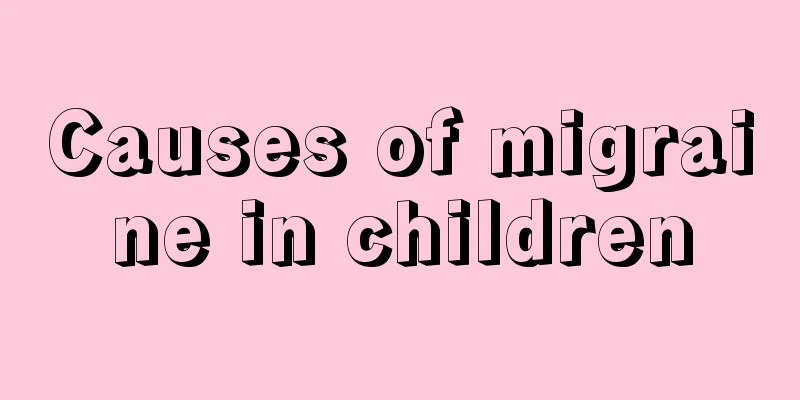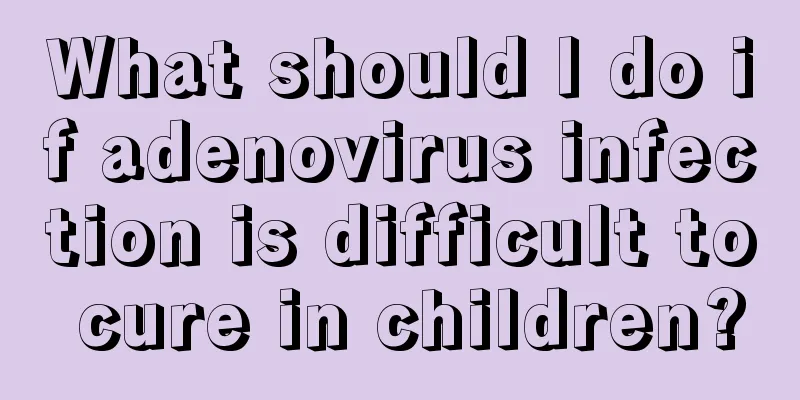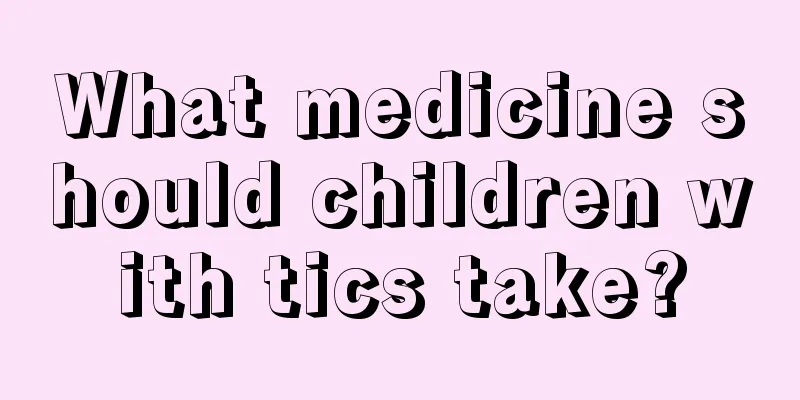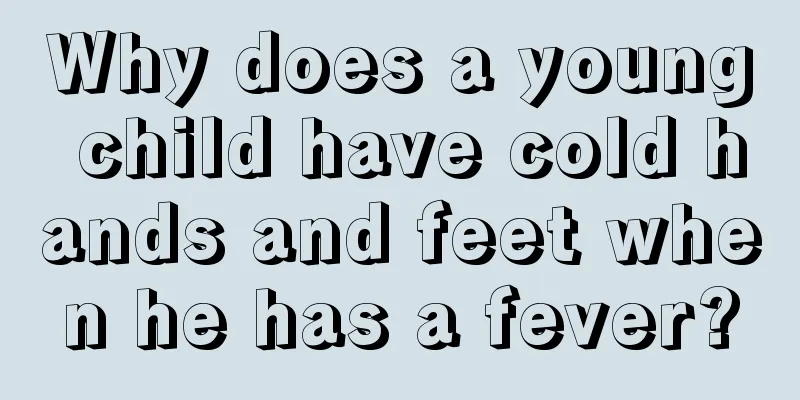Causes of migraine in children

|
Children with migraines are prone to illness during their growth period, such as colds, fevers or migraines. If they are not treated early, they may develop a disease. Therefore, our young parents need to take good care of them. So what are the symptoms of children with migraines? In fact, they are similar to adults' headaches. In any case, we still recommend early treatment to keep children healthy and strong! The clinical manifestations of migraine in children are basically similar to those in adults, but there are many differences compared with adults. The symptoms of migraine in children are not as obvious as those in adults, but the gastrointestinal symptoms are very prominent. The clinical characteristics of migraine in children are: ① The duration of the attack is short, but the number of attacks is frequent; ② Bilateral headache is more common, and unilateral headache is relatively rare; ③ Visual symptoms and pulsating headache are less common; ④ Gastrointestinal symptoms are prominent, often accompanied by nausea, vomiting, and abdominal pain; ⑤ It is more common in those with a family history of migraine; ⑥ It is more common in those with nocturia, night terrors, sleepwalking, and motion sickness. 1. During the general treatment period, it is advisable to lie down and rest in a dimly lit room. Generally, if the child can fall asleep, the headache will be relieved after waking up. 2. Drug treatment should usually start with analgesics and sedatives in the early stages. Antipyretics and analgesics are used for mild to moderate headaches, and ergotamine preparations or triptans are used for moderate to severe headaches. Those with nausea and vomiting can be treated with metoclopramide (Metoclopramide) or chlorpromazine; those with vertigo or dizziness can be treated with diphenhydramine (Vertigo Stop) or scopolamine. (1) Antipyretic and analgesic drugs: commonly used are acetaminophen, 10-15 mg/(kg/time), aspirin 10-15 mg/kg each time, ibuprofen 5-10 mg/kg each time, naproxen 5-10 mg/kg each time, etc., which are effective when taken in the early stages of headache. (2) Ergotamine preparations: such as ergotamine, dihydroergotamine, etc., have a constrictive effect on extracranial arteries. The commonly used compound tablet is ergotamine caffeine (each tablet contains 1 mg of ergotamine and 100 mg of caffeine). School-age children should take one tablet each time, which is effective in terminating headache attacks. However, it must be taken as soon as the aura appears or the headache just occurs (early stage of the attack), otherwise it will be ineffective. (3) Triptans: such as sumatriptan, which is a selective 5-hydroxytryptamine receptor agonist with a highly selective effect of constricting the carotid artery. It is an effective but expensive drug for the treatment of acute migraine attacks. However, experience with its use in pediatric migraine is limited. The above is our introduction to the causes of migraine in children. If children have migraine, we can achieve the effect of recovery through general treatment, drug treatment, etc. Our parents should also observe the children’s every move at any time to discover their problems as soon as possible and avoid them becoming a serious problem. |
<<: Reasons why children have bad breath
>>: Causes of brain dysplasia in children
Recommend
How to correct children's pigeon feet?
Many children have pigeon-toed feet. If this phen...
What is the cause of the child's droopy eyelids?
Drooping eyelids in children is actually a diseas...
What should I do if I was not vaccinated with BCG at birth?
The Kajie vaccine is a very important vaccine, ma...
What is the staging of retinopathy of prematurity?
Some premature babies will suffer from retinal di...
Why does the child's lower body itch?
The itching of children's lower body may be c...
How to regulate the stomach of children?
It is very common for young children to have poor...
Baby's monthly growth chart
A baby's physical changes are very fast. Beca...
What is the matter with children's urine
If a child has difficulty urinating, parents shou...
Why do children feel nauseous when eating?
The baby's eating problem is often a headache...
Children with fever and low platelets
Children are the group most susceptible to illnes...
What happened to the gas egg?
A common disease problem in boys is what we often...
What should we do if primary school students have myopia?
Myopia in primary school students is a headache f...
Color of stool for two months old baby
In fact, the color of a person's feces can re...
Asymmetric baby hip lines
I believe everyone knows a situation, especially ...
Education methods for four-year-old babies
When it comes to educating babies, the choice of ...









